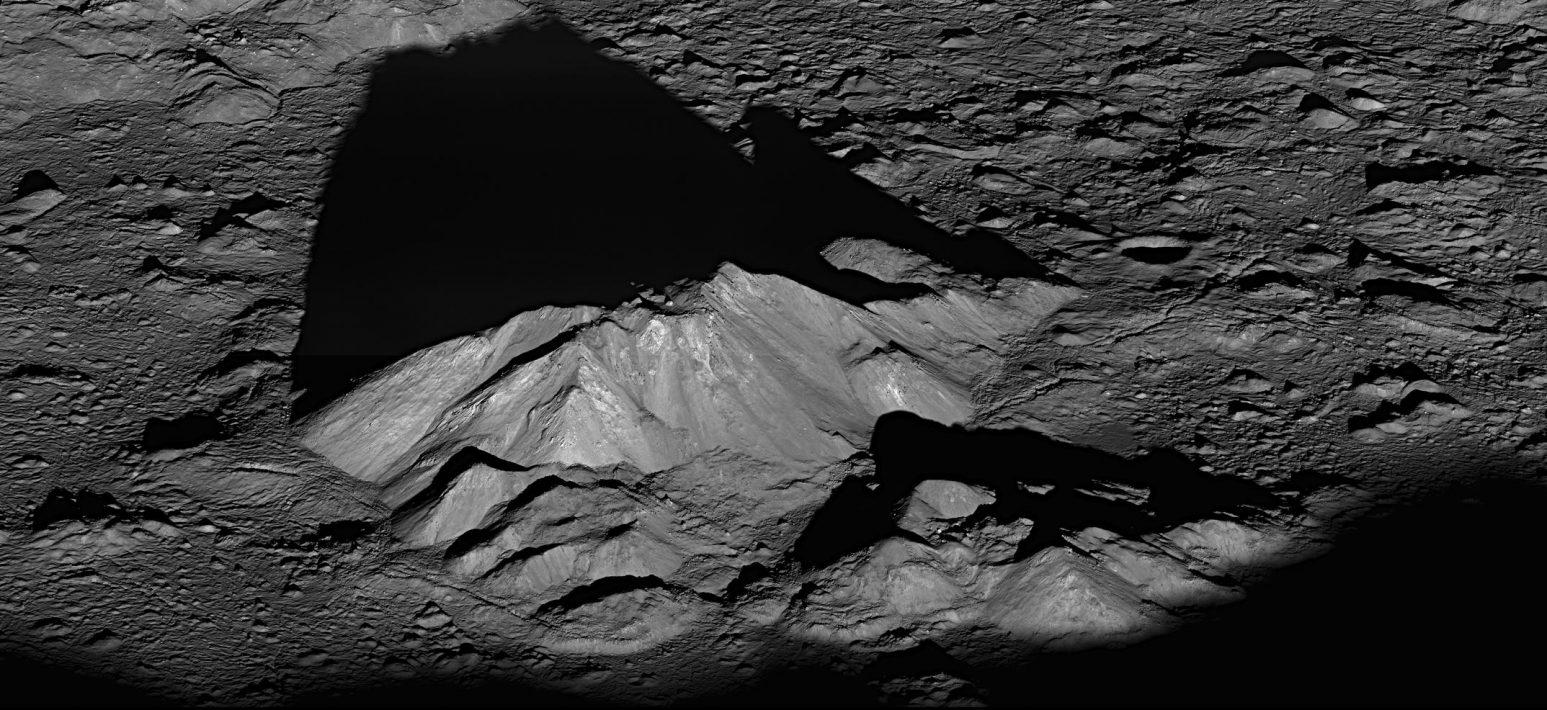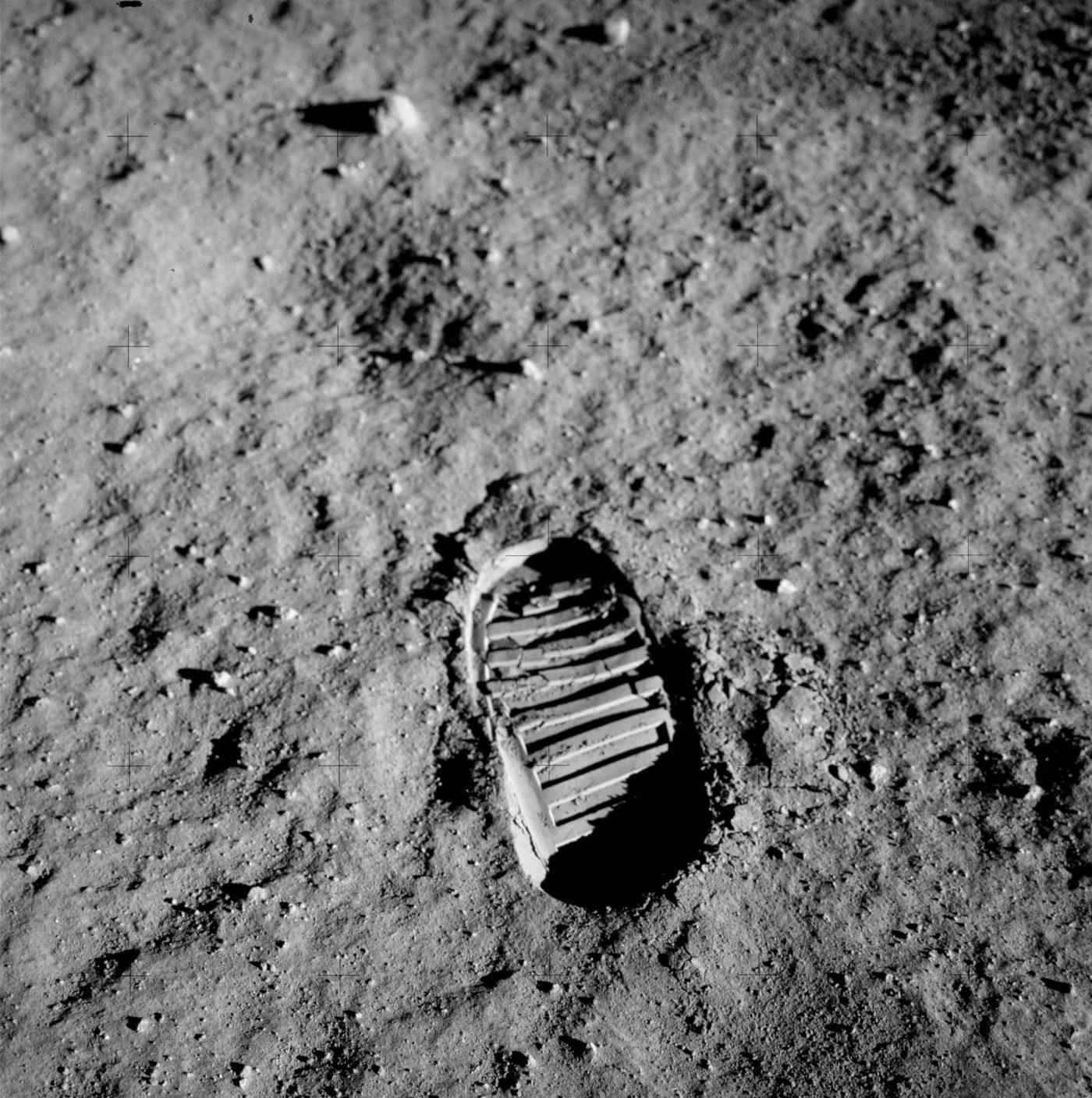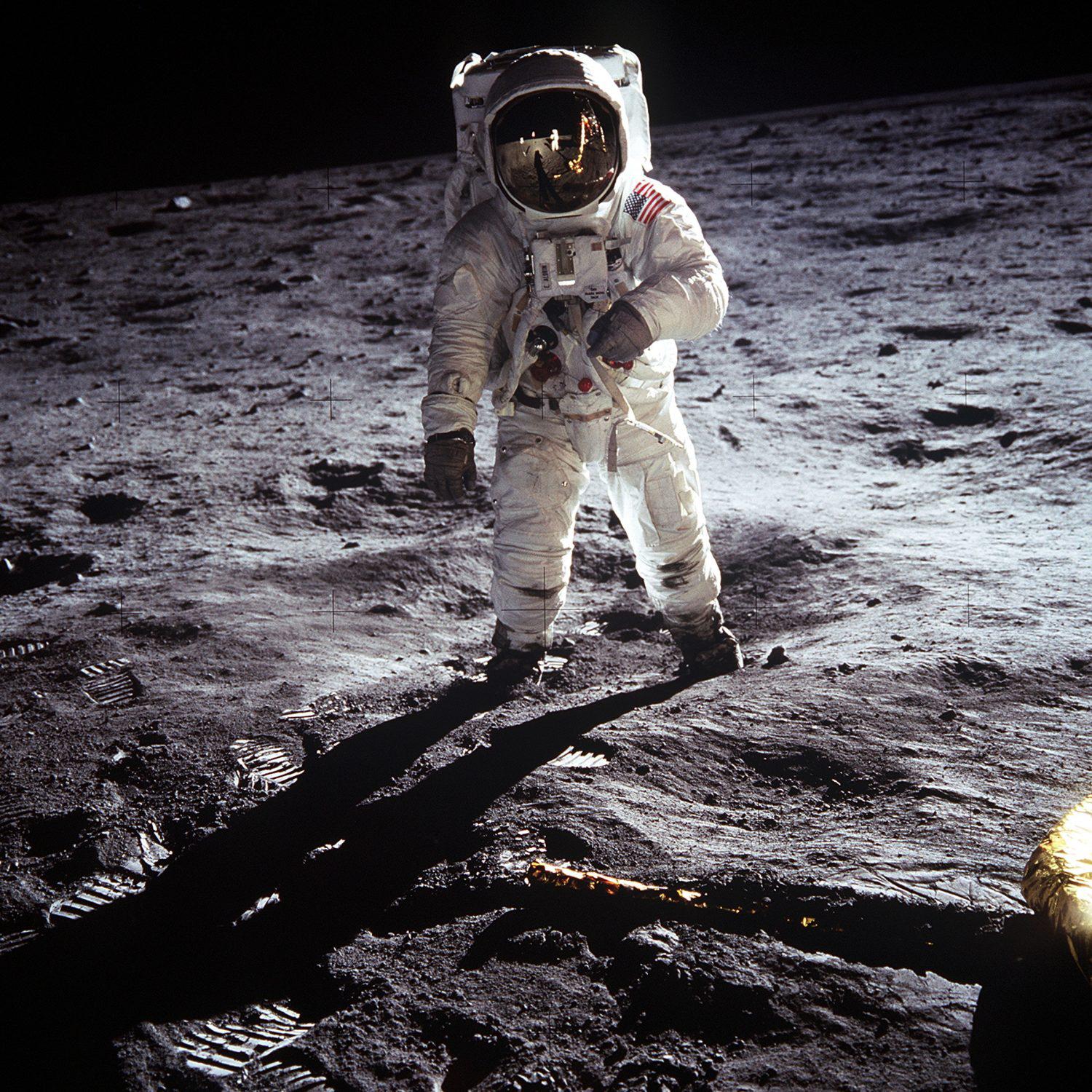A selection of 12 interesting facts about the moon of our planet.
1. The average diameter of the Moon is 3475 km. It ranks fifth in the list of the largest moons of the Solar System — only Ganymede, Titan, Callisto and Io are larger than it.
2. The mass of the Moon is 81 times less than the mass of the Earth, the volume is almost 50 times.

3. The surface area of the Moon is 58 million square kilometers. This is more than the area of Africa, but less than the area of Asia.
4. Thanks to the libration effect, 59% of the lunar surface can be seen from Earth.
5. According to radioisotope analysis of lunar samples, the Tycho crater with its famous ray system was formed 108 million years ago, when dinosaurs still reigned on Earth.



6. The Moon seems to us to be a very bright body. But in fact, the reflectivity (albedo) of its surface is only 13%, which is almost three times less than the albedo of the Earth. Therefore, in their pictures together, the brightness of the Moon is often specially increased.
7. Over 40% of the visible side of the Moon is occupied by seas — dark, low-lying areas covered with solid lava deposits.
8. The reverse side of the Moon is noticeably different from the visible one. On average, it is higher, most of the largest lunar craters are located there, but at the same time there are only two seas there.


9. Now the Moon has no magnetic field. However, the analysis of samples of lunar soil showed that in the distant past it had its own magnetic field, which even exceeded the strength of the Earth.
10. The first living beings to fly around the Moon were Central Asian steppe turtles, who were on board the Soviet spacecraft Zond-5, launched on September 15, 1968. They were accompanied by common fruit flies, mealworms, various plants, seeds and microorganisms. The spacecraft’s lander successfully landed in the Indian Ocean on September 21.
11. So far, only 12 people have set foot on the surface of the Moon. In total, 24 astronauts participated in expeditions to our natural moon.



12. The Moon is moving away from our planet at a speed of about 3.8 cm per year. After about 600 million years, its apparent size in the sky will decrease so much that it will be impossible to observe total solar eclipses from Earth.
